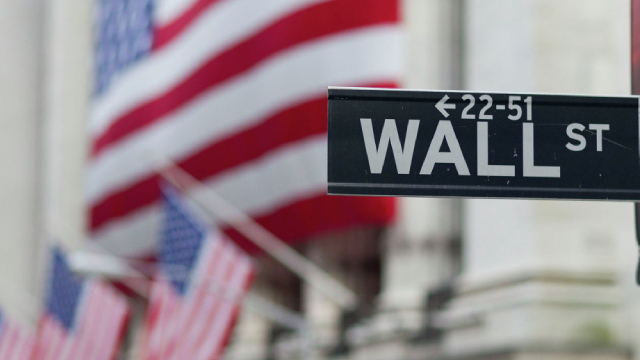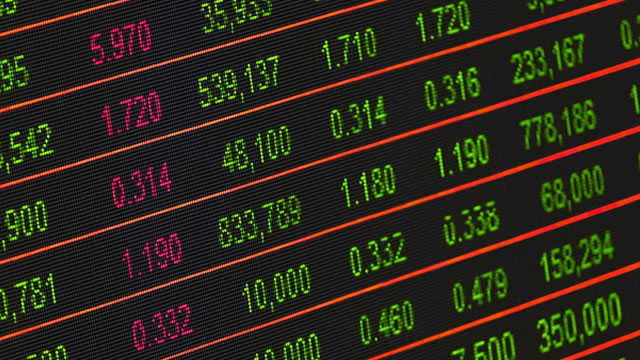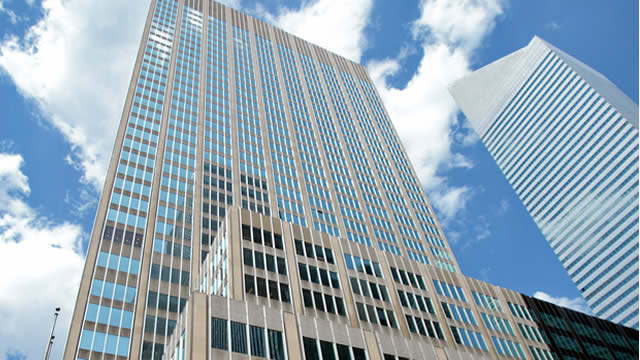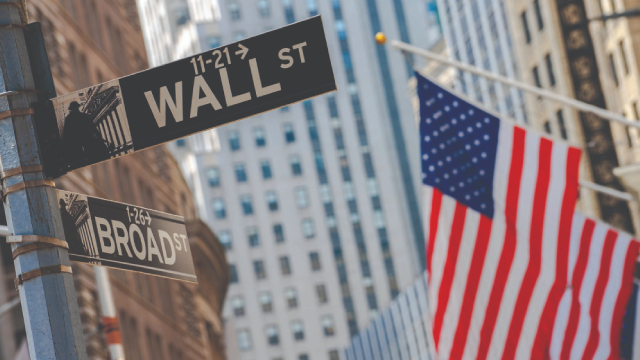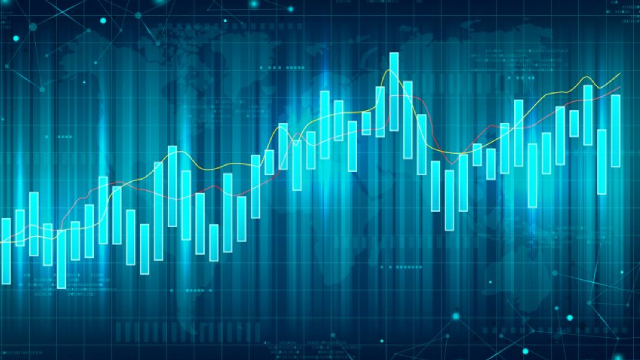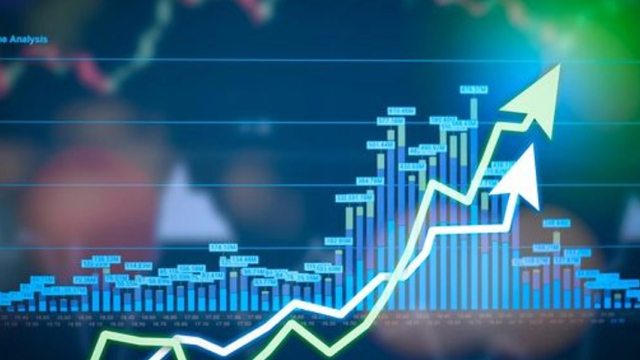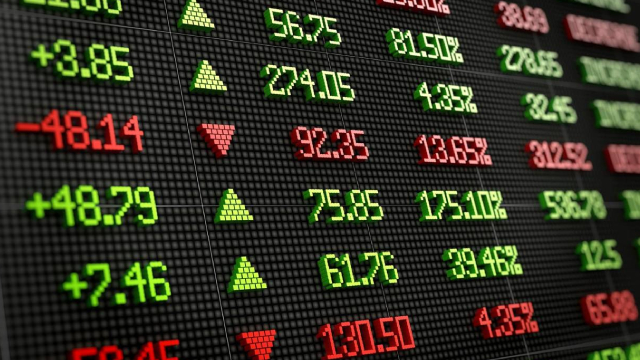EWJ Stock Recent News
EWJ LATEST HEADLINES
I rate EWJ a Buy, driven by Japan's recovering economy, attractive valuation, and potential Yen appreciation. The main investment thesis is the highly devalued Yen, which I expect to appreciate as the BOJ tightens policy and the USD weakens. Consensus data shows EWJ offers 8% upside plus a 2% dividend, with accelerating EPS growth forecast through 2027.
The Japan-U.S. trade deal is likely positive for the yen in the short term, Barclays said.
Shares of General Motors , Ford Motor , and Jeep-maker Stellantis , some of the biggest automakers in the U.S., rallied on Wednesday after news of a trade deal that will reduce tariffs on imported Japanese cars, as investors saw it as a sign of more deals to come.
U.S. President Donald Trump has announced trade deals with Japan and a handful of other Asian countries that will relieve some pressure on companies and consumers from sharply higher tariffs on their exports to the United States.
Analysts see a potential path for other trading partners, including South Korea and the European Union, to strike their own deals.
Market Domination Overtime anchor Josh Lipton breaks down the latest market news for July 23, 2025. President Trump announced a trade deal with Japan, with the US and EU are reportedly nearing a trade deal.
The Nasdaq and tje S&P march to new records, while the Dow adds 508 points,
President Trump will get to decide where to invest Japanese money and the United States will keep 90 percent of the profits, the White House said.
To gain an edge, this is what you need to know today.
Trade pact would lower tariffs on car imports from Japan to 15% from 25%, spurring hope that other countries could get similar deals
